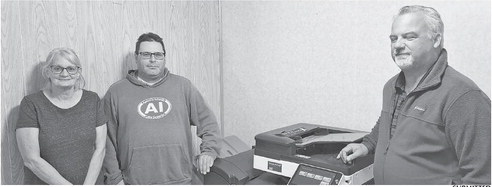Less light can make for seasonal moods
Do you notice that your mood changes with the seasons, becoming gloomier, as the days get shorter? If so, you might experience seasonal affective disorder (SAD).
SAD is a type of depression marked by a recurring seasonal pattern, with symptoms typically lasting four to five months, each year, from late fall to early spring. According to the American Psychiatric Association, approximately five percent of adults in the United States, experience SAD.
“While anyone can be affected, research indicates that SAD is more prevalent in the northern states, largely due to reduced exposure to sunlight,” said nurse practitioner Courtney Shaw. “During the winter months, it’s common to leave for work in the dark and return home after sunset, resulting in a significant lack of natural light.”
One of the best ways to combat this condition, is by staying active and making sure to get enough light. Try to find an outdoor activity that is enjoyed, like walking, skiing or fat-tire biking, and do it regularly during the day.
Purchasing a light box or a dawn-simulating lamp, and using them within the first hour of waking up, gives the most benefits.
Other healthy lifestyle habits, such as eating a balanced diet and maintaining a regular sleep schedule, can also be beneficial. In some cases, medication and counseling may be necessary to manage the condition effectively.
Because the timing of the onset of winter-pattern makes SAD so predictable, many benefit from starting treatment before the fall, to help prevent or reduce symptoms. Talking to a primary care provider is a great place to start, when making a plan to do this.
“People can be hesitant to talk about mental health concerns, like SAD, but I want them to know that they don’t have to be,” said Shaw. “Everyone faces struggles at some point and SAD is just one of them. With proper treatment, we can absolutely manage this condition, so you can enjoy life – no matter what season it is.”

